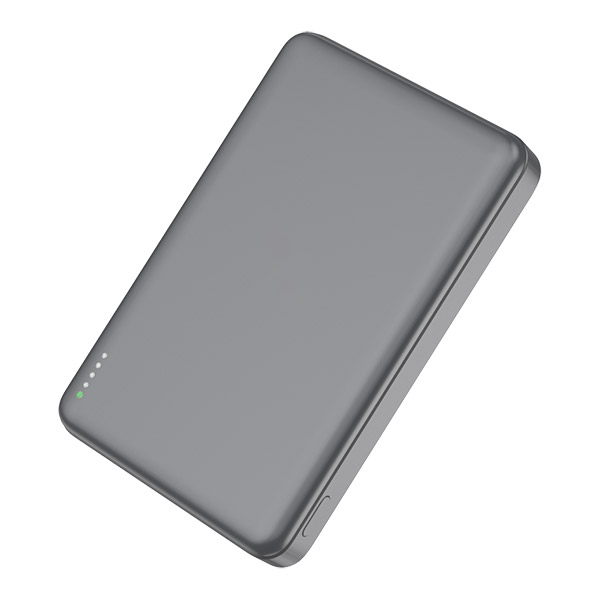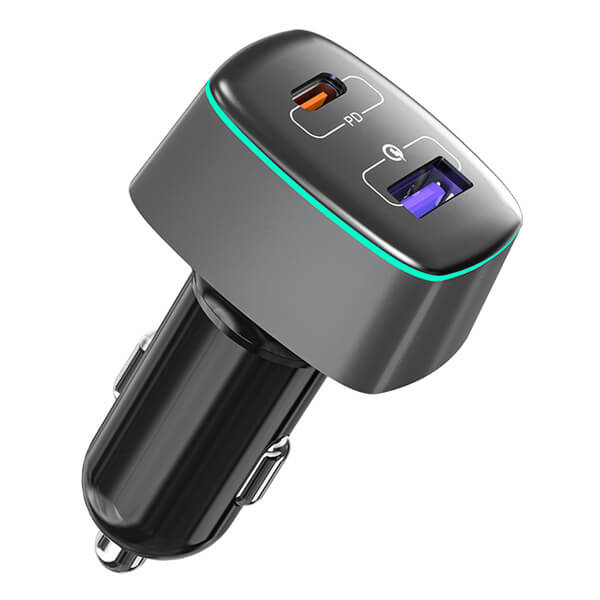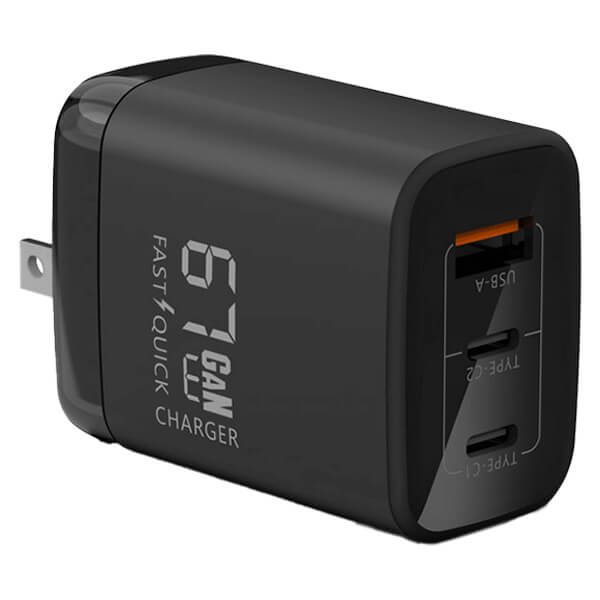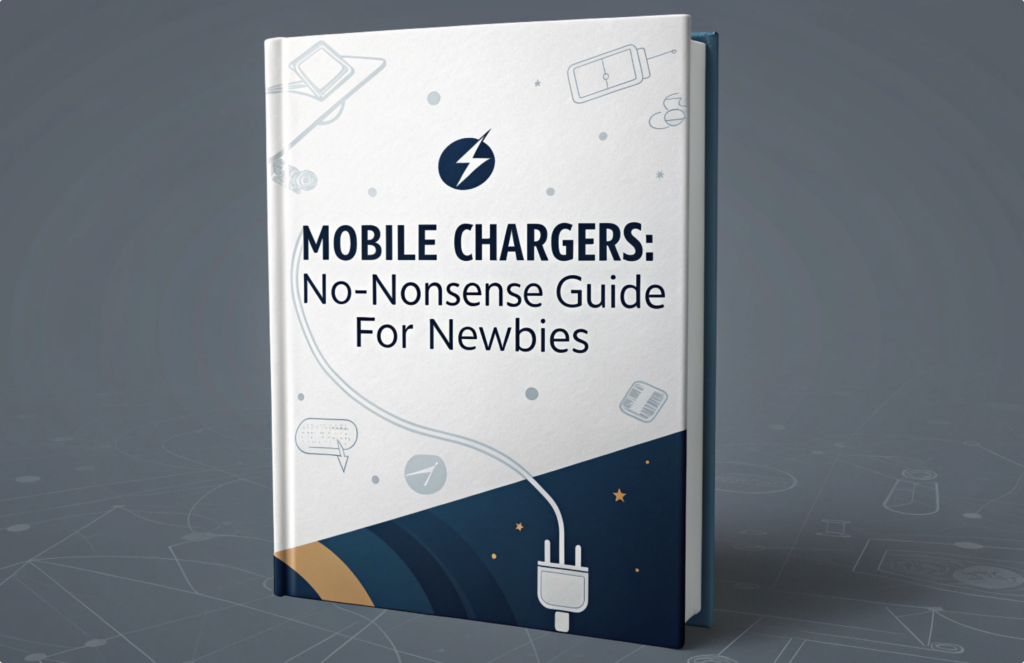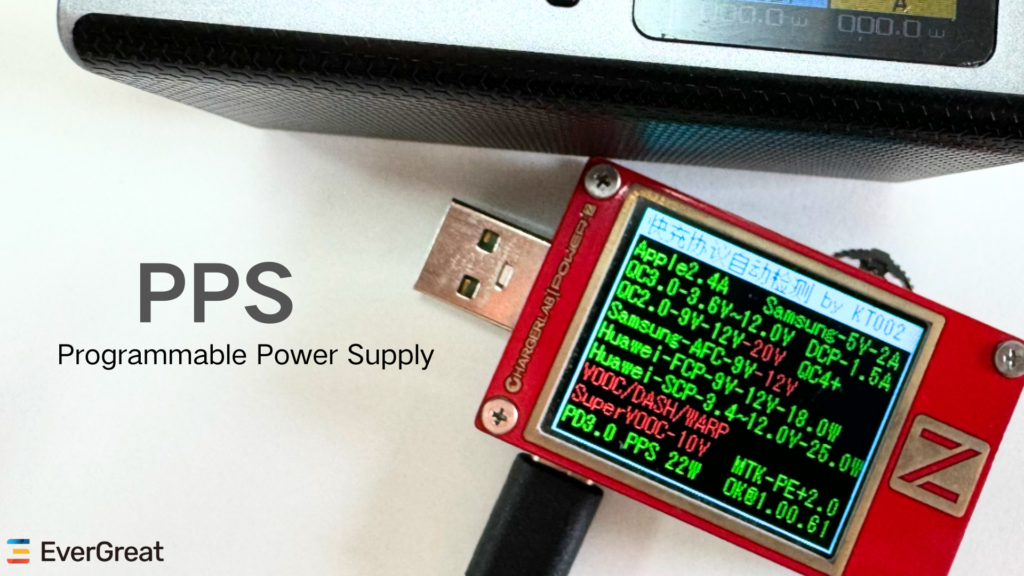
Nowadays, it is a well-known fact that you can import a variety of high-quality and low-cost commodities from China, and it has also been proven to be completely feasible.
However, every importer will eventually run into problems, whether they are brand-new or experienced professionals. The problems are as follows:
- Delays in shipments (so common as to be expected)
- Difficulties in communication resulting in defective products
- Suppliers raising prices at the last minute
- Intellectual property infringements
- Quality fade (the quality of the production fading over time as a result of the factory cutting corners to expand margins)
Purchasing is a systematic course that requires careful study to master, even in cases of purchasing a stable business. In this post, I will give you my experience with how to purchase in China and solve problems we may have. Hopefully, this guide will not only save you money but also your time.
- Quite familiar with your products.
You must have a good understanding of your product, including its parameters, structure, and performance. The deeper approach is that you have to understand the material technology, production process, market positioning, etc. of this product.
Besides, it is also very vital to ensure that the product you want to import is permitted in your country or not. Make sure it passes all the rules and regulations of your country.
It’s really important to be familiar with the product which will be mentioned repeatedly below.
2. Find a reliable supplier.
First of all, you have to clarify the type of supplier. Then find the right supplier according to your own situation. The main ones are as follows:
- Factories: Manufacturing factories in China are different in scale, quality, production capacity and product range. They may lack professional English communication personnel because they specialize in production, not marketing. But if they have experience in manufacturing your products, they can understand your technical requirements because they are experts in production. So you have to know your product very well, and let the factory understand your expectations of the product.
- Trading companies: They specialize in certain industries or product categories. They are middlemen who purchase products from multiple factories and then sell them at a higher price. This means that you may have to face higher prices than factories when working with trading companies. But you may find it easier to cooperate with trading companies. They have professional English personnel who can provide better communication and services. And because of the relationship with the factory, they can obtain transactions that importers cannot obtain, such as smaller MOQs. Since trading companies may represent dozens of factories, they have a larger product range and a considerable product catalogue, which means that you can centrally purchase many of the products you need from them.
- Sourcing companies: Unlike trading companies, they do not earn commissions from the middle. They represent the customer, manage the customer’s import and quality control operations, and basically become the customer’s office in China. They have broader knowledge, understand different industries and are familiar with the entire import process. Sourcing companies usually do not have their own product catalogues and price list, they customize and purchase each product according to customer requirements. If there is a dispute, the sourcing company can represent the customer to handle the dispute. But the cost of sourcing companies is quite expensive because they need a lot of human resources to deal with various things.
I would like to add that the signal from a dangerous supplier:
-No reply to email within 24 hours (Time inefficiency)
-No answer questions raised by customers positively (Low professional skills)
-No own export license (commercial inefficiency)
The more signal your supplier has, the fewer chances to work efficiently with this supplier.
Secondly, Do due diligence on your suppliers. Although many Chinese suppliers are honest companies, many accidents can happen, so it is very important to do due diligence. You can do it in the following ways:
- Company verification report: This is the most basic thing to do, check if the company exists and is legal.
- Factory audit: You can hire a third-party agency to help you complete this. Assess the overall condition, compliance and capabilities of the factory.
- Visit your supplier in person: In this process, you can see the goods in production, and another advantage is that you can also directly communicate with the supplier to solve the problem.
Thirdly, improve yourself. Here are two examples to illustrate this point:
- Sending enquiries: We often receive enquiries from many importers like this: We need to buy 2000pcs wireless chargers, and very urgently. Can you quote me the best price? This sense of urgency often leads to product quality problems, and there is a high probability that losing the good suppliers. Because everyone is negotiating on the delivery date, many suppliers will tend to use a shorter delivery time to make a deal. But in the same production situation, how did they do it? Skip certain production steps in the production process, that result in defective quality. And good suppliers will definitely spend more time in order to ensure the quality of their products.
- Receive quotation: We found that people generally do not deliberately compare products with the same specifications. But each product has many subtle differences, and these subtle differences lead to different prices. When you purchase products that you are not familiar with, some subtle differences will be ignored, leading to the loss of some good suppliers, because often their quotations are slightly higher. To solve this problem, the most important thing is to study the product and understand the details, or to ask several suppliers about various questions about the product is also helpful.
3. Quality control.
Buying product samples is a critical part of quality control. On the one hand, you can verify the design, function and overall quality of the product before produce in bulk. On the other hand, it is to verify your supplier. Prove that they can provide an acceptable product and use this sample as a standard.
Another important part is quality control in the production process. I will talk about it in 6 aspects as below:
- I think one of the best ways to solve quality problems is that you have to know their products very well, as well as be very clear about their requirements and expectation from the product. They also have to know how the product is produced, or the potential defects that may be encountered in the production, which is also a premise for making a QC checklist later.
- You can have a strong QC checklist (a standard checklist that goods must meet) to inspect the products. Because quality problems are due to the supplier either not understanding your requirements correctly, or they are cutting corners in the production process, these problems can be avoided to a large extent with this form.
- You can hire a third party to inspect the product before shipping. Sometimes the factory will not allow a third party to inspect for various reasons. At this time, you should pay attention to it. This is a very dangerous signal, and you must change the supplier if necessary.
- The best time to do an inspection is before you pay the balance to the factory. Because if you find a problem at this time, you can still discuss it with them. But for some suppliers, after you have paid the balance, they won’t listen to your opinions too much. Once the goods arrive at the destination, it is difficult to transport them back for repairs because the freight is very expensive.
- In the inspection, it is inevitable that there will definitely be bad products. You should accept this, because for the majority of consumer products, achieving zero defects is very difficult, and the cost will be quite expensive. You should expect that the product will have defects and deal with it by return or exchange. This calculation will definitely be more cost-effective than your insistence on zero defects. Furthermore, due to the different working methods, economies of scale, and the thinking of factory workers in Chinese factories, you will find that the law of diminishing returns works here. It is the time and cost you spend in pursuit of perfection, which often exceeds the cost of normal production. However, the defect rate is not unrestrictedly acceptable. This kind of inspection standard is generally evaluated by the AQL standard.
-AQL stands for Acceptable Quality Limit. If not specifically requested by the customer, a level II normal sampling plan is most often used, and the AQL acceptable standard are Critical Defects (0), Major Defects (2.5), and Minor Defects (4.0).
– Critical Defects (0)
Critical defects could cause harm in some way and result in the importer being liable for damages or responsible for a product recall.
– Major Defects (2.5)
Major defects that would generally be considered unacceptable to a user, because some part of the product might break or not work properly.
-Minor Defects (4.0)
In theory, these defects may not be noticed by the user, such as scratches and other surface damage on the product. These should not significantly affect the user experience.
– Different AQL standards are used in the inspection of different products. So it is important for you to know the product and the defects very well, and then make sure that your supplier understands how to avoid these defects. Finally, the defects should also be listed in the contract.
- According to my experience, I will add some lesser-known issues in quality control.
– Issues from Scaling. For example, the first time you order 1,000 units from your supplier, the cooperation is very well completed. Then you place an order for 20,000 units for the second time, if your supplier is a small factory and does not have enough production capacity, they will outsource production to another factory. These outsourced products are produced by different people in different factories, so the quality will definitely be different. But this is difficult to control by contract. In general, it is best to predict the problem and then cooperate with your suppliers to negotiate, such as customized procurement plans, or producing in several batches to ensure that quality control can be continuously guaranteed.
– Quality Fade. Usually, that is what happens when you start to feel comfortable with purchasing. Because at this time the supplier already knows the production process of your product and is very satisfied with the relationship with you. They may cut costs in the production process to increase their profits, such as cutting corners. Sometimes subtle cutting corners will not have a lot of impact on the product, and you will not notice it, but in some cases, it will become very serious. So strong quality control is very important. In addition, you have to constantly improve your products.
4. Transport and payment terms.
First of all, you have to be clear about the main shipping ways and their advantages and disadvantages of them. Then, choose the right shipping way according to your actual needs. Here I list three main modes of transport:
- Sea Freight: There are FCL and LCL for shipping. FCL means that we order a whole container for our goods separately, and LCL means that we only use part of the container and pack it together with other people’s goods in the same container. The cost of sea transportation is the lowest, and the transportation volume is large. The weight requirements are not very strict, and there is a certain floating amount. However, the shipping time is the longest, and it is greatly affected by the environment, so the risk is also the greatest. In addition, the procedures are troublesome, and the shipping schedule and price are unstable.
- Air Freight: That means we deliver the goods to the airport warehouse, and the customers go to the destination airport to collect the goods. Air transportation is the safest and the time is short. However, the cost of air transportation is expensive and the transportation capacity is small. There are strict requirements on the weight and packaging size provided, and there are few routes in some regions. Generally, air transportation is suitable for goods with high value and requiring transit time.
- Express delivery: the difference with air transportation is that express delivery is a typical door-to-door. The courier company picks up the package and delivers them to the customer’s door. The express delivery is timely, and the procedures are simple. However, the cost of transportation is the highest, and there are also restrictions on the value of the goods, and there are strict requirements on the weight and size of the goods.
You should discuss the terms of payment with your supplier. Most suppliers expect you to pay some money first, usually around 30%, and the balance when the goods are ready for shipment.
5. Make contracts with suppliers.
A good contract needs to be as detailed as possible in the following aspects:
- Product specifications
Write as many details about the product as possible.
- Payment Terms
How much is the total and when will the payment be made? The details of this part are very important because they are the best guarantee to prevent you from being deceived by illegal suppliers.
- Inspection standards
Explain what standards the goods will be inspected according to, who will inspect them and what defects will be found.
- Dispute settlement
If there is a dispute, how should it be resolved? What are the rights and guarantees of both parties?
- Compensation and Punishment
What should I do if the goods do not pass the inspection or the delivery is delayed?
Of course, different products will require different contracts to meet your needs, which should be clarified according to your products and negotiations with suppliers.
Purchasing products in China is a process that requires a long study and continuous accumulation of experience. I hope that the above content can provide a little help in your purchasing journey.

